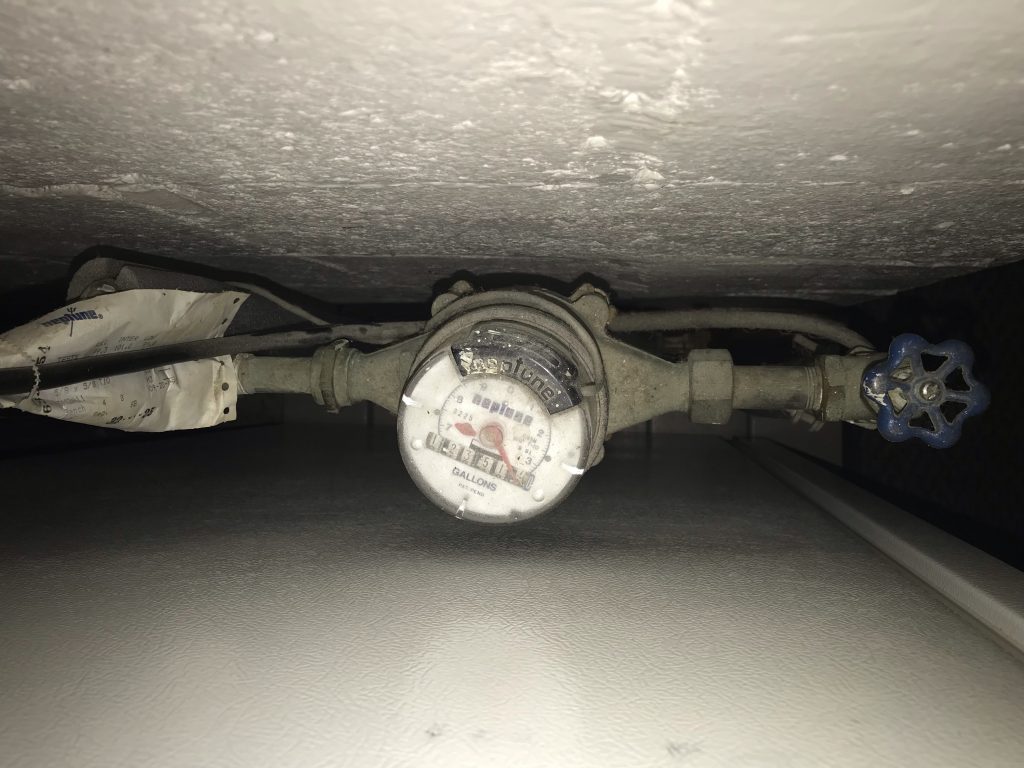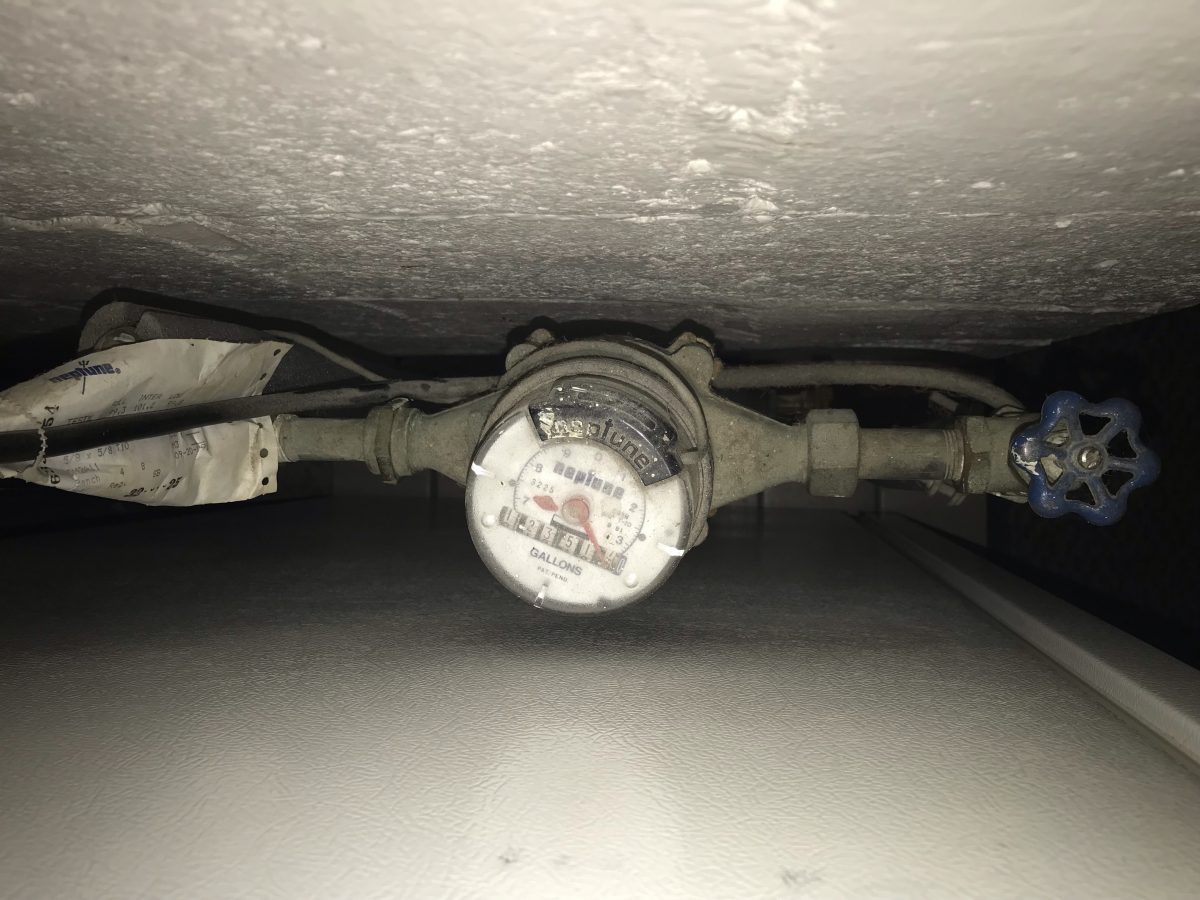One of the more challenging aspects of being a homeowner is knowing when it is time to call in a professional to take care of a maintenance issue or renovation project. Professional tradesman are expensive, so often people will do as much as they can on their own before resorting to calling an expert. That’s ok! There is a great sense of satisfaction in completing a project on your own, as well as an opportunity for great economic savings to be had. But it is important to know your limits. If you find that you are approaching your personal skill or knowledge limit, do not hesitate – call a professional before you’re knee deep in an emergency situation!
I hope for this blog entry to be the first in a recurring series of tips to help homeowners avoid getting sunk in over their head in a repair or project. I am a licensed Master Plumber with the City of Lancaster, and I’ve been working in the construction and remodel industry for over fourteen years. I’ve seen my fair share of disasters and made many mistakes, so I’d like to start passing on some of what I’ve learned. I love my little neighborhood in SoWe, but the age of the housing stock here is a constant challenge. Old houses can be beautiful and warm and inviting, but they require a careful and thoughtful touch when it come to maintenance. This post will actually be part 1 of two or three entries on managing the various elements of water in your home. I am a plumber after all, so it feels natural to begin with what I know best.
There’s been a lot of discussion (and frustration!) in Lancaster lately about the water meter replacements that have been ongoing for the past year or so. While I understand and empathize with many of the aggravations that people are enduring, I feel that there are at least a few things that folks can do to prepare for their eventual appointment to have their meter replaced. These tips should also be generally useful to any homeowner though; they aren’t only relevant for the current replacement task.
First, and most importantly, know where your water meter is located! For some of you this may seem silly, but you might be shocked at how many times I’ve gone into a home to find that the homeowner doesn’t actually have a good sense as to where their meter is. This is an important piece of information that everyone who lives in a home needs to know. If ever you were to have an emergency situation in which a water supply line breaks or bursts, you absolutely need to know where to go to make the water stop! The water meter is most commonly located in the basement, coming through the street facing (or front) wall. Here is a photo of my own meter, if you’re unclear on what they look like:

On a water meter, there is always a shut off valve on the street side of the meter. This is usually a turning handle, like the one in this picture, or sometimes a newer “ball valve” which is a lever that only requires a quarter turn to shut off. Often there is another shut off valve on the other side of the meter (mine is not pictured, it’s a little further down along the water line). These are the valves that the service technician will need to use in order to replace your meter, and their usability is your responsibility!
This detail has been frustrating to many people. When a technician arrives at your house to find that the shutoff valve or valves are inoperable, they cannot do their job. These valves are a functional part of a homeowners property, and it is the homeowner’s responsibility to make sure that they stay in good working order. This is actually just good sense practice that many homeowners never think about. If you have not checked to make sure your shutoff valves are functioning properly, you should do so ASAP. In the event of an emergency, they are your only recourse to stop water from flooding your house! I would recommend checking them at least once a year, because age and lack of use can and will cause deterioration.
If you find that there is a problem with your shutoff valves, I recommend you call a licensed plumber. This is not a DIY project that can be taken on lightly. It is a critical and often sensitive maintenance issue, and if a mistake is made it can have catastrophic consequences.
I hope this information is helpful. For my next entry, I’ll be discussing everyone’s favorite plumbing fixture, toilets! There are many simple and inexpensive ways to deal with a troublesome toilet, and I hope you’ll read along and discover some easy ways to save on maintenance costs and avoid high water bills. Thanks for reading.



 Rosalind, a 10-year resident of the 600 block of Poplar St., chose to become a block liaison because of her love of the uniqueness of her neighborhood and the closeness of the community. She is eager to do the work of bringing people together and connecting people to resources and information to build an even better SoWe. Rosalind also was recently honored as the recipient of Lancaster’s Neighbor of the Month award for January 2019!
Rosalind, a 10-year resident of the 600 block of Poplar St., chose to become a block liaison because of her love of the uniqueness of her neighborhood and the closeness of the community. She is eager to do the work of bringing people together and connecting people to resources and information to build an even better SoWe. Rosalind also was recently honored as the recipient of Lancaster’s Neighbor of the Month award for January 2019!



